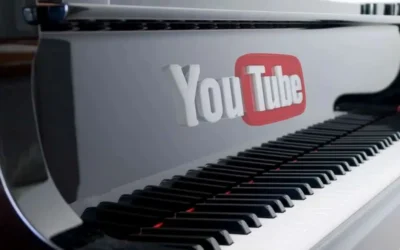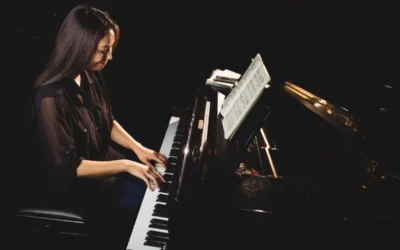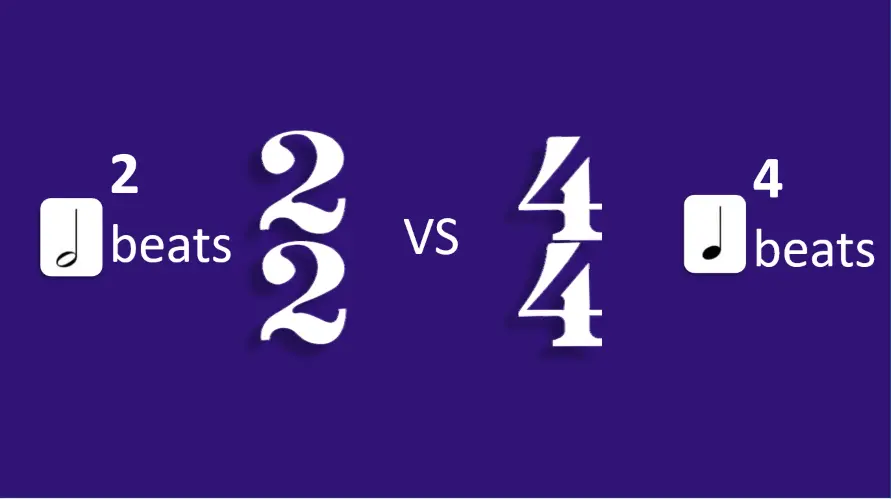
2/2 vs 4/4 time: What is the difference?
The difference between 2/2 and 4/4 is sometimes not easy to understand. Let’s see why they feel so different and why it matters musically.
2/2 vs 4/4 time
Let’s first have a look at the numbers in the key signatures.
They are going to give us all the information we need.
The top number tells us how many beats we have in each bar or measure.
And the bottom number tells us which kind of beat is used.

Okay! So, when two is the upper number, we will have two beats in a bar.
And when four is the upper number, there will be four beats in a bar.
Alright that seems easy! Let’s look now at the bottom number.
Let’s remember that the lower number tells us which kind of beat we have.
And here is where all the mystery is!
The two at the bottom tells us we have minim beats (half note beats)
And when there is a four at the bottom, that’s telling us we have crotchet beats
So, in a 2/2 time signature we have 2 minim beats in a bar.
And in a 4/4 time signature we have 4 crotchet beats in a bar.
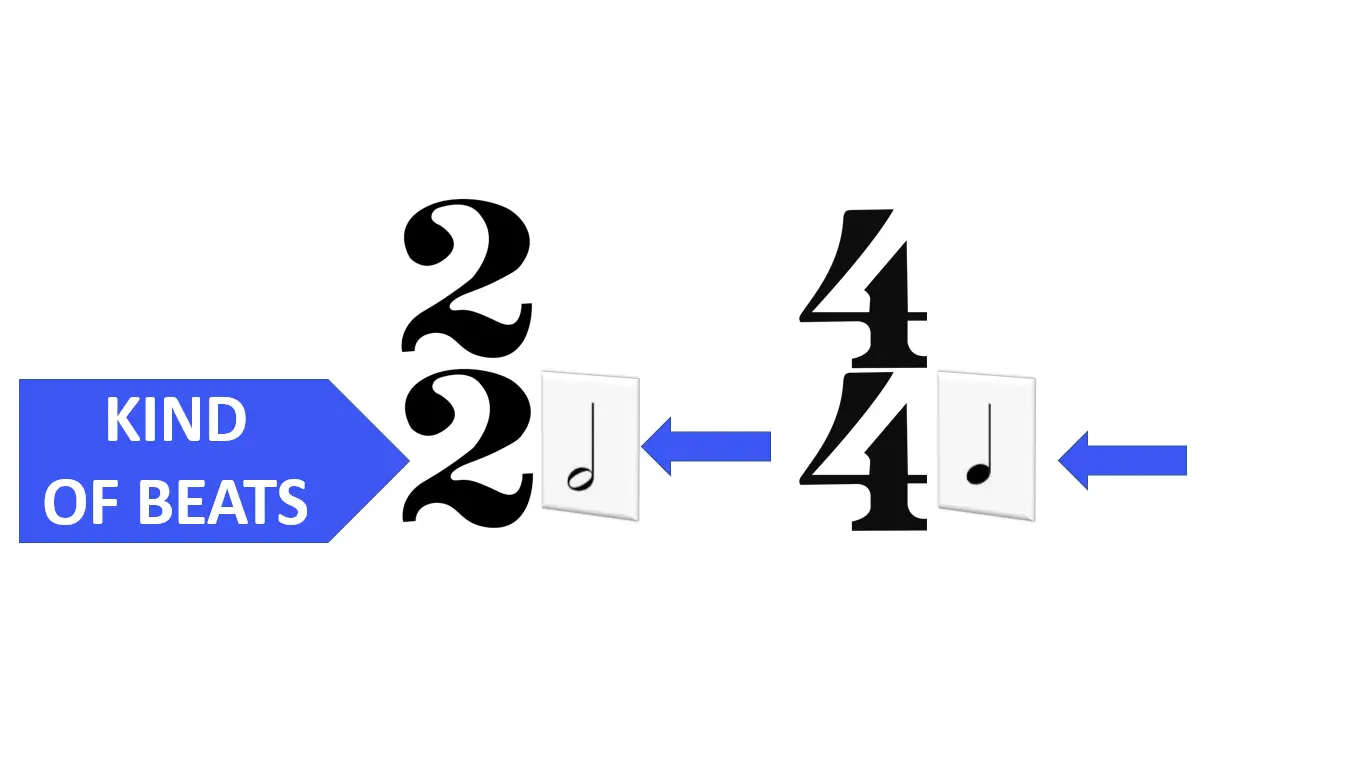
Why 2/2 and 4/4 are not the same
But, isn’t it the same thing?
We could easily fit 4 crotchets or 2 minims in both a 2/2 and a 4/4 time signature.
Then, what’s the difference between 4/4 and 2/2?
Well, mathematically, both time signatures may look the same on paper but they feel different musically.
And the top number is giving us here the information we need. Because the key to the problem is actually the number of beats.
While we have 4 beats on a 4/4, we only have 2 beats on a 2/2.

How the 4/4 time signature works
So, for example, let’s think of a piece in 4/4 that, by the way, we could also write it as C or common time.
If I play a piece of music in 4/4, I will need to feel four beats in a bar.
One, two, three, four. One, two, three, four.
Remember that we are not going to feel the same emphasis on all beats. The first beat is normally the strongest of the bar. And the fourth beat, the weakest.

How the 2/2 time signature works
Let’s now have a look to a piece in 2/2. In this case, we could also write it as alla breve or cut common time. When we put a straight line through the C, what we are doing is halving the numbers.
So, if we play a piece of music in 2/2, we will feel only two beats in a bar.
One, two. One, two.
That is the difference! We feel 4 beats on a 4/4 while we only feel 2 beats on a 2/2.
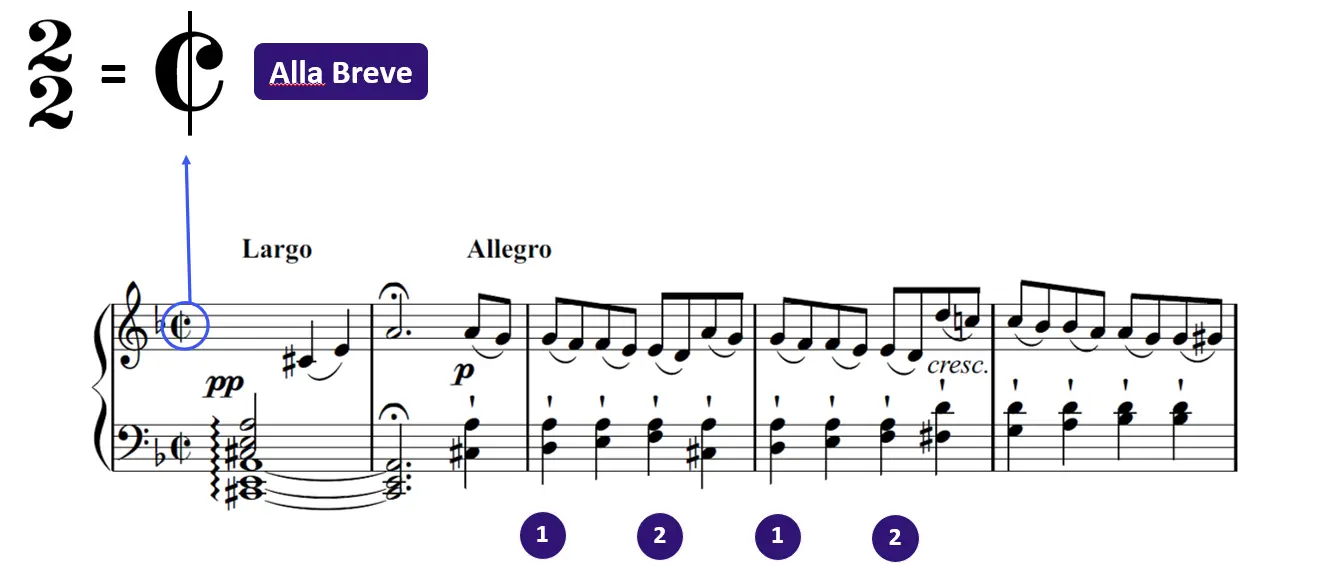
The real difference between 2/2 and 4/4
But why would we want to do this?
Well, in terms of writing, music written in 2/2 works better at a faster speed.
But it is not only a question of speed!
It is something composers work out and has to do with the character of the music.
Does this music sound in two-time or four-time?…
So, now we know the difference between 2/2 and 4/4 is not mathematical, because mathematically they’re very similar: it really is a musical difference!

We hope today’s video was helpful and you are now more aware of the importance of the difference between 2/2 and 4/4 when performing or composing your own music.
If you have enjoyed learning music theory with us, please subscribe to the channel and click the bell. You can leave your questions or suggest a topic for our next video here.
If you want to go a bit further and study music theory in depth, have a look to our online courses.
See you all there!
Most Recent Posts
Join the Academy
Piano Lessons
Music Theory

